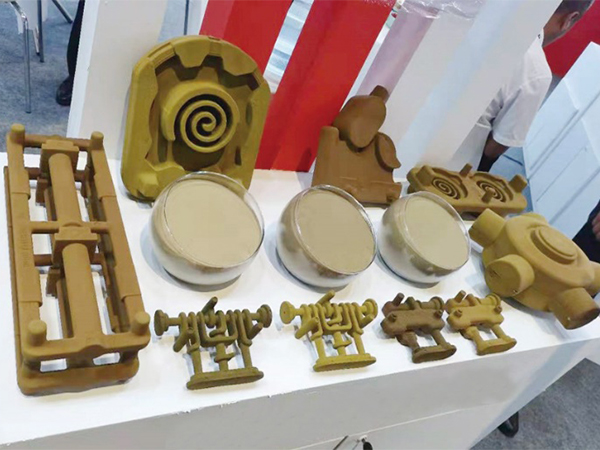Understanding the Cost and Value of 3D Sand Printers
In recent years, 3D printing technology has evolved from a niche novelty to a vital tool in various industries ranging from manufacturing to art. Among the different types of 3D printers, sand printers stand out for their unique capabilities and applications, particularly in the creation of complex geometries and casting molds. However, one question that frequently arises is what is the price of a 3D sand printer, and what factors influence this cost?
Overview of 3D Sand Printing Technology
3D sand printing, also known as binder jetting, utilizes a spray mechanism to apply a binding agent to sand particles layer by layer. This method allows for the creation of intricate designs which can be used directly for casting processes in metalworking industries or for architectural models. The technology has gained prominence due to its ability to produce lightweight, precise, and customizable parts that traditional manufacturing methods might struggle to achieve.
Price Range of 3D Sand Printers
The price of 3D sand printers can vary widely based on several factors, including size, brand, features, and intended use. Generally, the cost can range from about $5,000 for smaller, entry-level machines aimed at hobbyists or educational institutions, to over $1 million for high-end industrial systems designed for mass production.
For example, low-grade units catering to small businesses or workshop settings may start around $10,000 to $20,000. These machines can be suitable for low-volume production and prototyping. Mid-range printers, which are more robust and suitable for small to medium enterprises, typically range from $50,000 to $200,000. High-performance industrial sand printers, capable of producing high-quality parts at scale, can exceed $500,000.
Factors Affecting Price
1. Technology Type The technology used in the printer significantly influences the cost. Some printers employ advanced features such as multi-jet modeling (MJM) or full-color printing, which can raise the price due to the complexity of the machinery and the materials involved.
3d sand printer price

2. Print Size and Capacity Larger printers designed to handle bigger parts or more extensive production runs will naturally command higher prices. The build volume, which dictates the size of the objects being printed, is a primary consideration for buyers.
3. Material Compatibility Different 3D sand printers might use various types of sand and binders, which can affect operating costs. Printers that offer flexibility in material selection may be pricier but provide greater versatility for manufacturers.
4. Software and User Interface Advanced printers often come with proprietary software that improves the user experience, enhances design capabilities, and streamlines the printing process. Systems with more intuitive or powerful software solutions may have higher upfront costs.
5. Post-Processing Requirements Some printers necessitate additional equipment for post-processing, like curing or cleaning operations. These added costs should be factored into the total investment.
6. Support and Maintenance Services Comprehensive warranties and customer service can also influence the cost. Manufacturers that offer ongoing support, training, and software updates may charge more initially but provide long-term value.
Return on Investment
Making a decision about purchasing a 3D sand printer involves more than just evaluating the price tag. Businesses must also consider the potential return on investment (ROI). The ability to rapidly produce customized parts, decrease lead times, and reduce material waste contributes to significant savings over time. In industries where prototyping plays a critical role, the ability to go from design to production in a matter of hours can provide a competitive edge.
Conclusion
3D sand printers represent a fascinating intersection of modern technology and traditional manufacturing techniques. While the price of these machines can be substantial, understanding the various factors at play can help businesses make informed purchasing decisions. Ultimately, the strategic use of 3D sand printing technology can lead to innovative applications and efficiencies that justify the investment, paving the way for a new era in manufacturing and design. As technology continues to advance, we can expect even more capabilities and price accessibility, making 3D sand printing an increasingly integral part of various industries.
Post time:12 月 . 22, 2024 13:17
Next:hydro super sand
